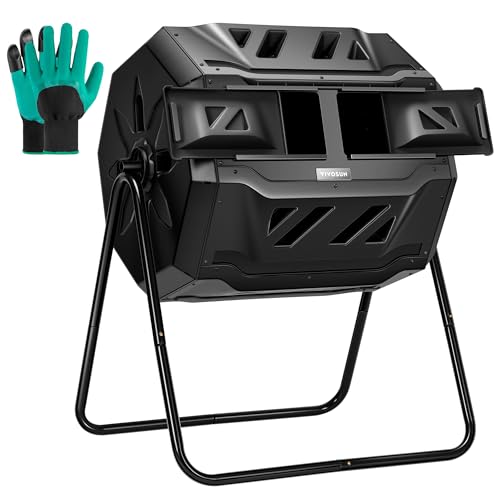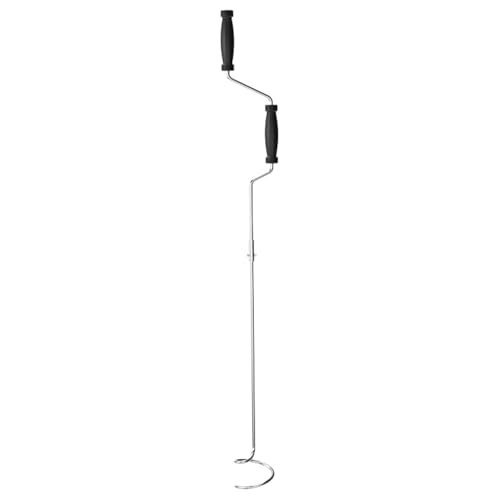Layering vs turning compost – what's the difference? Compost experts reveal which is the best technique
Both methods will make 'black gold', but which will get there faster?


As a first-time composter, I'm on the hunt for the best methods to make my efforts successful. That's why I've been deciding between the layering vs turning compost techniques.
Both layering and turning can be used to make compost, but in different ways. The former refers to how materials are added to the heap, while the latter is to do with regularly rotating the materials for aeration.
But, which one is more efficient? To find out more, I spoke to composting experts. Here, they explain how each technique works and which method is preferred for a more efficient approach.
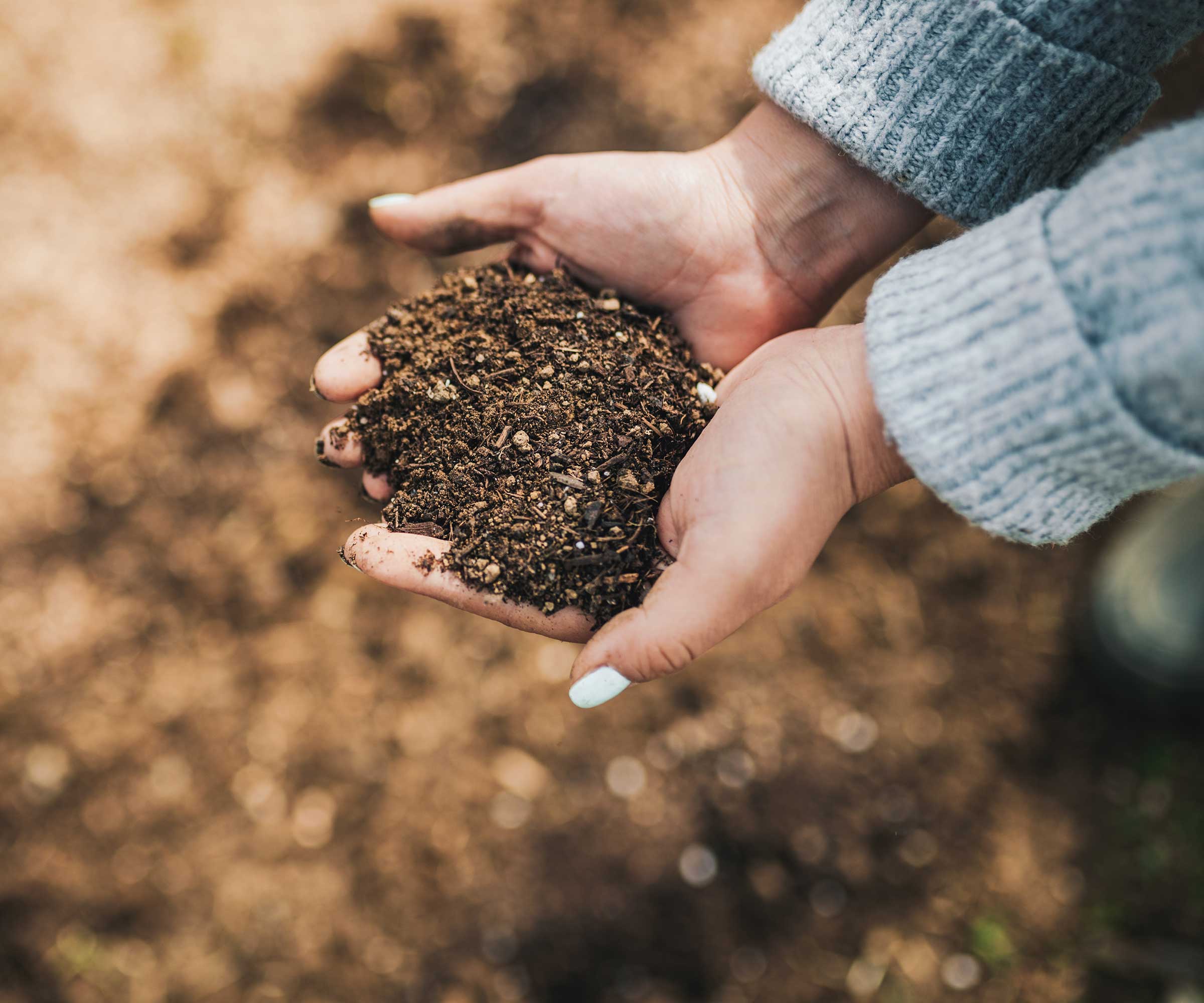
What's the difference between layering vs turning compost?
No matter which method you use, layering vs turning, both require following the basics of composting in order to avoid composting mistakes. This includes getting the ratio of green-brown materials right and ensuring there is sufficient airflow to keep the heap aerobic.
With that in mind, here's how each technique works:
The layering compost technique

The layering compost technique is exactly what it says: layering compost materials. But, it isn't as simple as chucking any materials in any order in your compost bin.
'Layering is a passive composting method where materials are added in alternating layers, typically 'greens' (wet, nitrogen-rich materials like food scraps) and 'browns' (dry, carbon-rich materials like leaves or cardboard),' explains Lauren Click, founder of Let's Go Compost. 'It mimics the natural decomposition process,' she adds.
Design expertise in your inbox – from inspiring decorating ideas and beautiful celebrity homes to practical gardening advice and shopping round-ups.
This is a similar passive approach to lazy composting, a method of simply creating a pile of decomposing material in your yard.
'Each layer serves a purpose: greens feed microbes, and browns provide structure and air pockets,' Lauren says.
'This method creates a balanced carbon-to-nitrogen ratio and allows microbes to break down materials over time. Moisture and oxygen move slowly through the pile, and decomposition happens without much disturbance,' she adds.
You can use a standard compost bin (from Amazon) for the layering technique or make a compost bin from pallets for a larger heap.

Lauren is the founder of Let's Go Compost, a 501(c)(3) non-profit with a mission to make composting free and accessible throughout the United States. Lauren works both in the dirt (literally) with public schools and community gardens, while also remaining focused on the big picture - working with large organizations and policymakers to ensure composting accessibility and affordability are kept front of mind as infrastructure is developed.
The turning compost technique
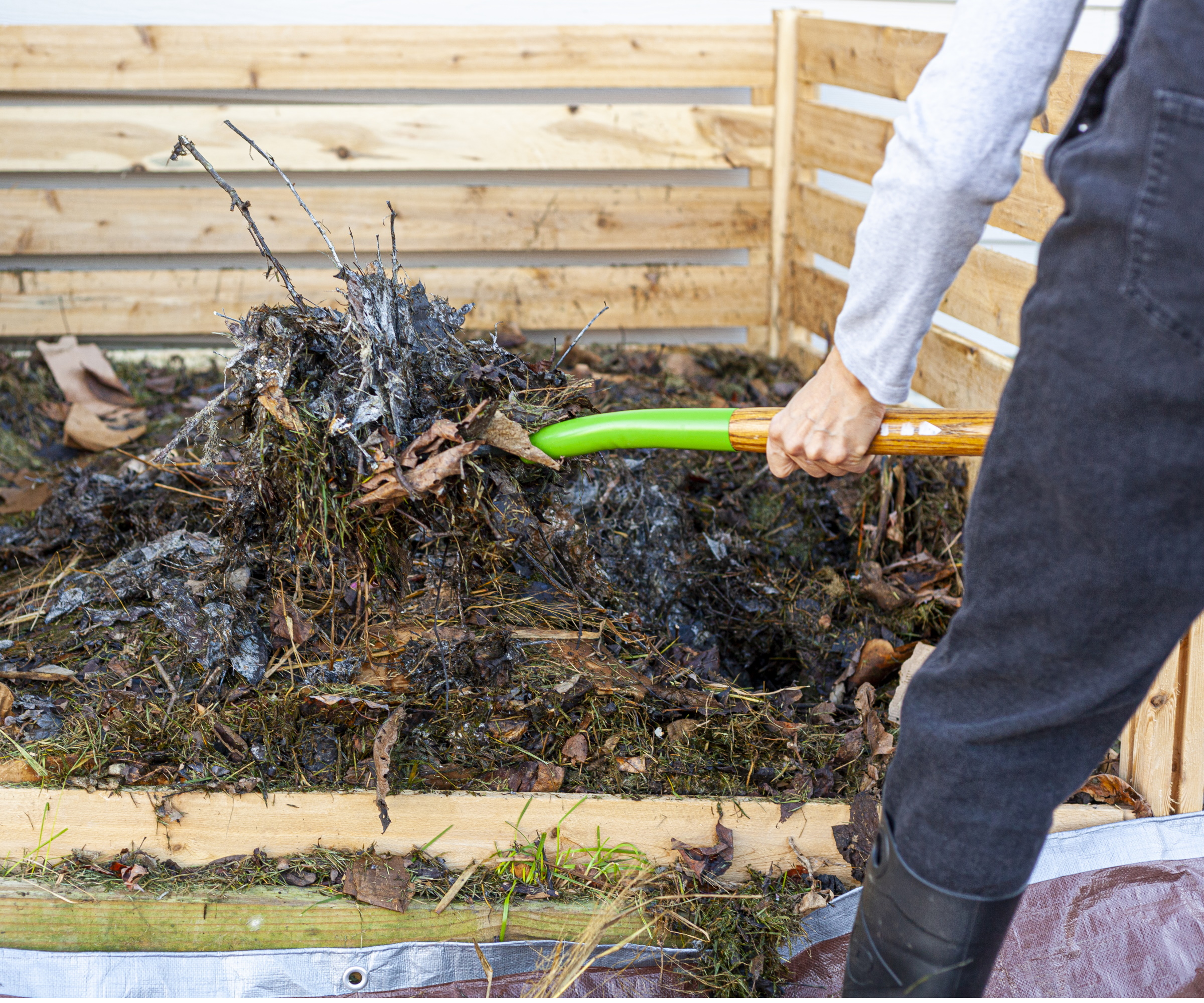
The main difference in layering vs turning compost is the latter is a more active approach. It requires you to regularly turn the compost, a common method of speeding up composting.
'Turning is an active composting method where the pile is physically mixed, either with a pitchfork, shovel, worms, or tumbler,' Lauren explains. 'This redistributes materials, breaks up clumps, reintroduces oxygen, and speeds up microbial activity,' she adds.
As Lauren notes, there are a few ways to turn a compost pile. Compost tumblers (like the compost tumbler from Amazon) are popular because they have a mechanism that makes it easy to turn the pile. Or, you could use this compost aerating tool from Amazon to mix materials in a standard bin or open pile.
'Compost piles need to be turned to make sure there is enough oxygen in the pile, since composting is aerobic decomposition,' explains Colleen Falicki, founder of Back to Earth Compost.
'A tumbler should be turned every three-to-five days and open pile should be turned about once a week,' she suggests.
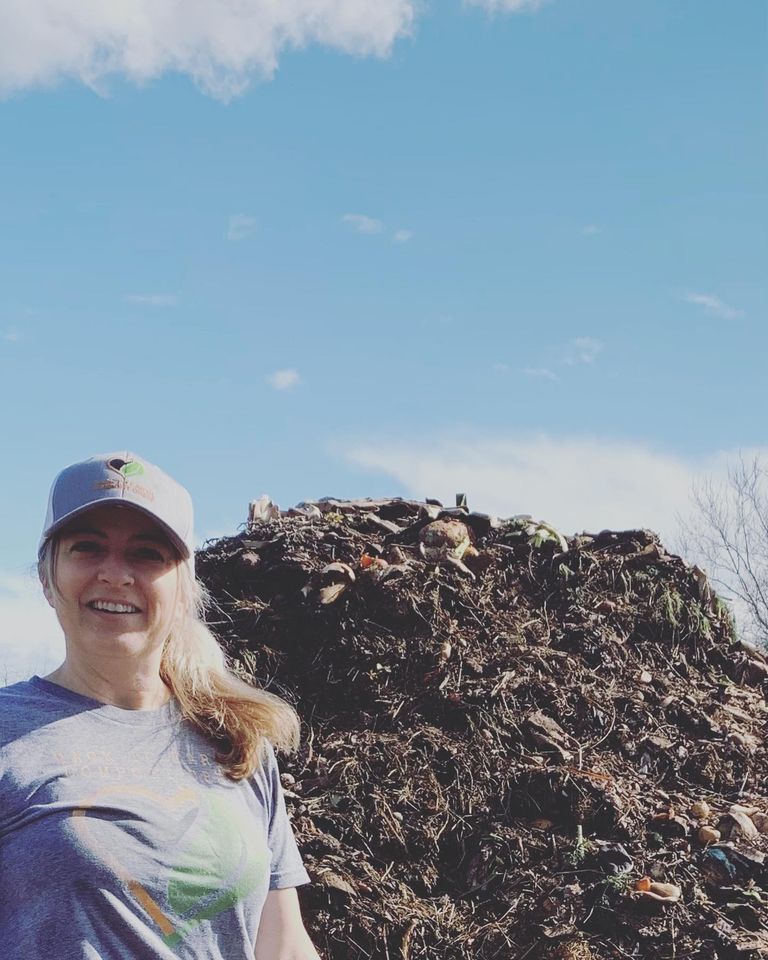
Colleen founded Back to Earth Compost Crew in 2017 to keep food scraps out of landfill and turn it into compost. She educates about composting and advises on how to successfully compost.
Layering vs turning compost: which is better?
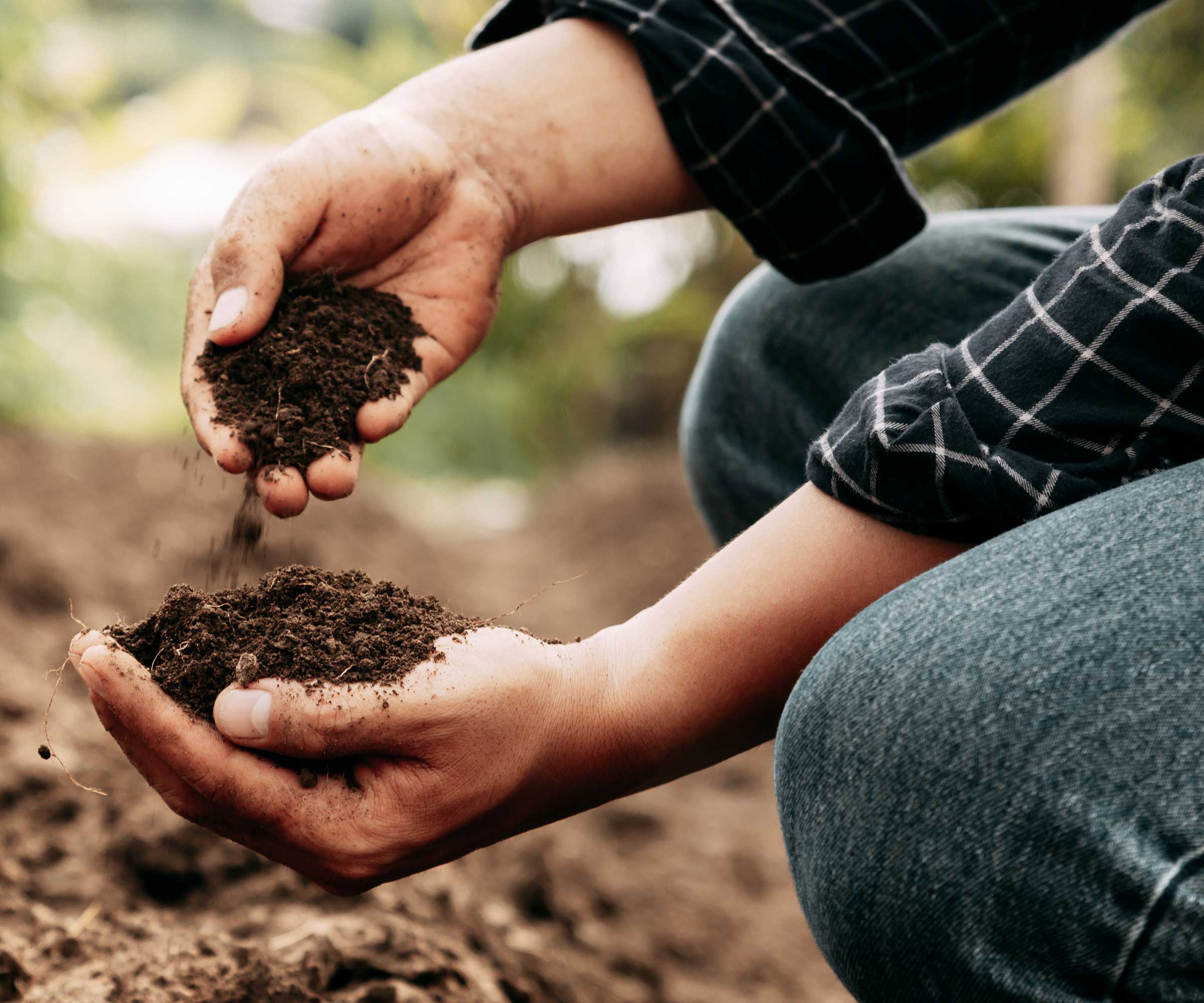
While there's no doubt both layering and turning will allow you to turn organic waste into 'Black Gold' for use in the yard, there is one that stands out as the more efficient method.
'Turning is more efficient if your goal is fast, high-heat composting (hot composting), especially in managed systems,' says Lauren. 'It can produce finished compost in as little as four-to-six weeks under ideal conditions.
'Layering is better for low-maintenance, low-labor systems (cold composting), though it tends to take much longer,' she adds.
Not only does it tend to be speedier, but turning compost will also keep your pile aerobic and help stop compost smelling bad.
Alongside turning, you can make composting more efficient by maintaining the 3:1 brown-green ratio, even when using unusual compost ingredients, and not letting your pile dry out.
'Keep compost as damp as a wrung-out sponge. Too dry slows microbes, too wet causes rot,' Lauren notes.
Nevertheless, layering is still a valid method of composting that works, you just need a little patience.
'If layering, avoid compacting layers too tightly. Break up any paper and cardboard so it doesn’t compact,' Lauren advises.
FAQs
Is it possible to turn compost too much?
Yes, it is possible to overturn compost. This is especially true when your compost pile is generating heat and is actively decomposing. Turning too frequently can disrupt microbial activity, allow too much heat to escape, and may cause the pile to dry out more quickly, all of which slow down the decomposition process.
'Once every week or two is usually enough,' says Lauren Click, founder of Let's Go Compost.
Layering and turning compost are just two methods of composting to try. There are so many other ways to compost you can also explore, for example Bokashi composting and using a wormery for compost. No matter which method you adopt, make sure to avoid things to never compost for best results.
Shop composting essentials

Tenielle is a Gardens Content Editor at Homes & Gardens. She holds a qualification in MA Magazine Journalism and has over six years of journalistic experience. Before coming to Homes & Gardens, Tenielle was in the editorial department at the Royal Horticultural Society and worked on The Garden magazine. As our in-house houseplant expert, Tenielle writes on a range of solutions to houseplant problems, as well as other 'how to' guides, inspiring garden projects, and the latest gardening news. When she isn't writing, Tenielle can be found propagating her ever-growing collection of indoor plants, helping others overcome common houseplant pests and diseases, volunteering at a local gardening club, and attending gardening workshops, like a composting masterclass.
